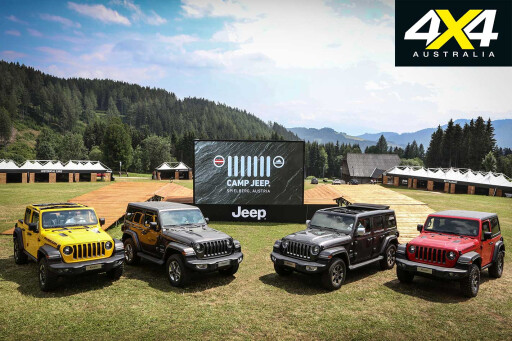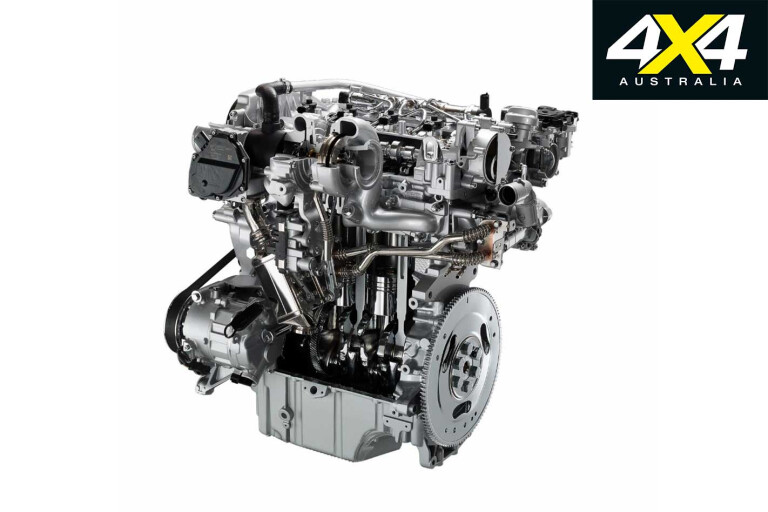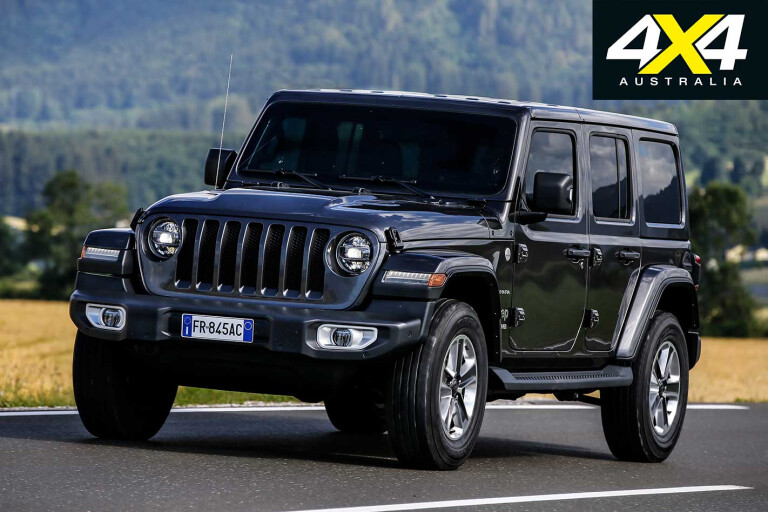
JEEP lovers in Europe will be celebrating the annual Camp Jeep event in Austria this coming weekend (July 14-15) and with it the European media launch of the JL Wrangler.
This is significant for a number of reasons. Firstly, July 15 1941 was when the agreement to supply the US Army with the Willys MA/MB vehicles was signed, and this vehicle went on to become instrumental in the Allied Force’s campaign to win the war in Europe.
 Secondly, it reveals the engines for the first right-hand-drive JLs for the UK market, which gives us an indication of what we might expect when the latest Wrangler lands here in January 2019.
Secondly, it reveals the engines for the first right-hand-drive JLs for the UK market, which gives us an indication of what we might expect when the latest Wrangler lands here in January 2019.
The JL Wangler will be launched in Europe and the UK in September, with a choice of three engines and two 4x4 systems. There will be two petrol engines – a new turbocharged petrol four-cylinder and the familiar V6 Pentastar engine – plus a single turbo-diesel.
The diesel isn’t the highly anticipated V6 turbo-diesel that is set to launch in the US market in 2019, rather a 2.2-litre Multijet II turbo-diesel engine that’s also found in the Jeep Cherokee and some Alfa Romeo vehicles.
The Multijet II engine is a 16-valve, aluminium-head-and-block design with a VGT and common rail injection that meets EU6 emission regulations by employing both EGR and SCR. In this Wrangler application it makes 150kW at 3500rpm and 450Nm at 2000rpm, so it should propel the new and lighter Wrangler along pretty well.

The 2.0-litre turbo-petrol engine should also be sprightly, pushing 203kW at 5250rpm and 400Nm at 3000rpm; the V6 remains pretty much unchanged making a tad more power at 212kW at 6400rpm and 347Nm at 4100rpm. Both petrol engines feature the auto stop/start function.
The Euro launch information only mentions the new eight-speed auto transmission, with no word of a manual option, possibly confirming the rumours that we’ve seen the last of stick-shift Jeeps. The JL might retain its traditional ladder-frame and live axles, but it won’t be the same without a manual gearbox.

Command-Trac remains the 4x4 system for most Wrangler models, with the Rock-Trac standard on Rubicon variants. Command-Trac remains part-time 4x4, offering rear-wheel drive, locked high-range 4WD and locked low-range 4WD. However, for the first time it adds an Auto mode that allows on-demand 4WD depending on road conditions.
Rock-Trac doesn’t get the Auto mode but, as in the past, features a lower 4.01:1 low range gear-set in the transfer case and 4.10:1 final drive gearing in the next-generation Dana 44 axles, when powered by the petrol engines (3.73:1 in the diesel-powered Rubicons).
That’s right, there are diesel Rubicons on offer, which are the Jeeps everyone has always wanted, complete with locking front and rear diffs, a front swaybar disconnect, and taller BFG KO2 tyres.

While these driveline specifications are for the European Wranglers, we’re tipping we can expect a similar line-up here as they include the first RHD variants. FCA says it is not ready to reveal details of the Australian JL Wrangler range just yet and will do so closer to the launch in 2019.
The 3.0-litre turbo-diesel V6, yet to appear in any JL Wrangler, is slated to go into production later in 2018, along with the Scrambler pick-up variant. We were told earlier that the JT Scrambler was earmarked to come to Australia at some point, so we’ll keep our fingers crossed that it arrives with the V6 diesel and petrol options.



COMMENTS